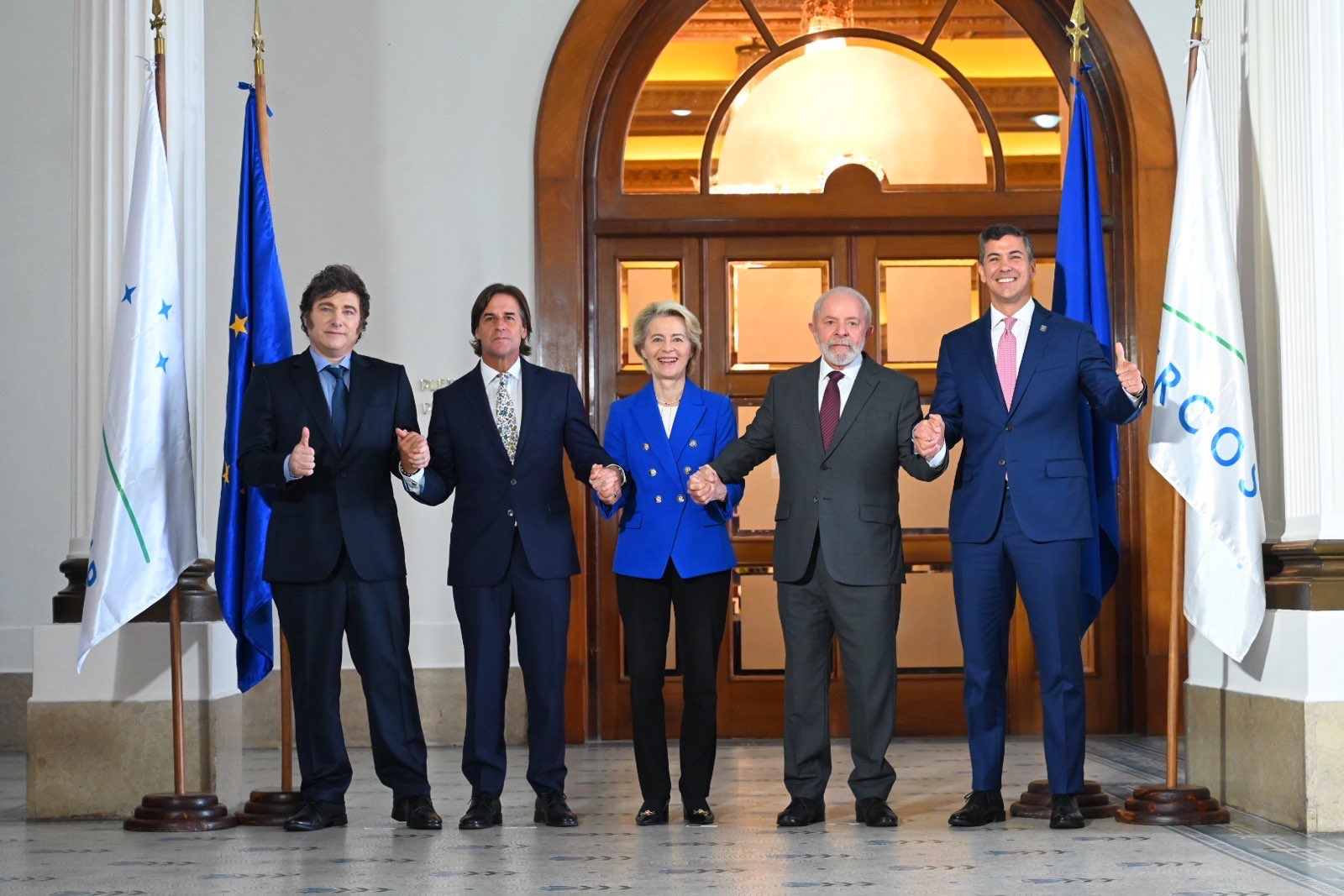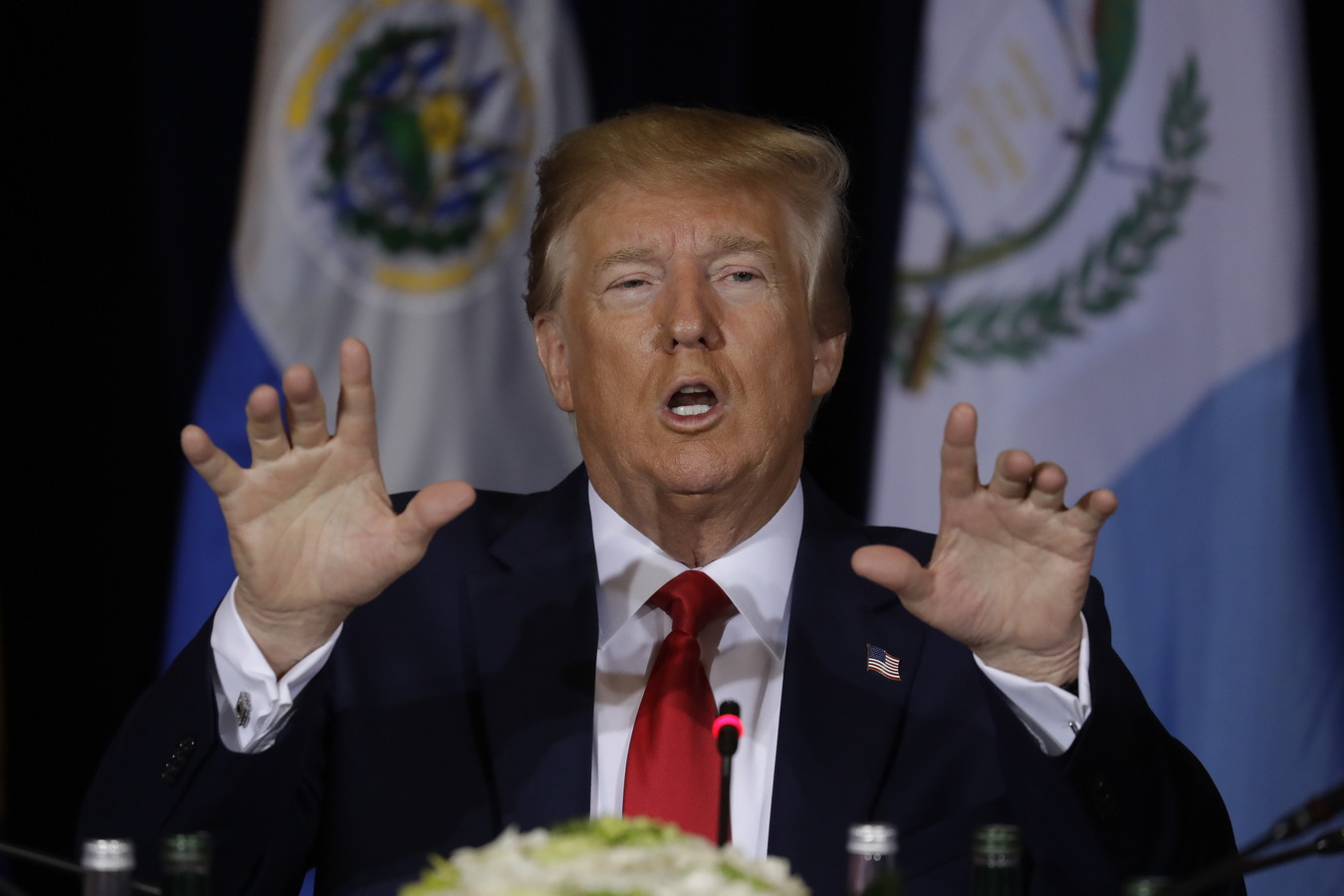Congressional Testimony: The U.S.-Peru Trade Agreement
Congressional Testimony: The U.S.-Peru Trade Agreement
In testimony to the U.S. Senate Committee on Finance, COA Vice President Eric Farnsworth notes that passage of the U.S.-Peru Trade Promotion Agreement is a rare opportunity to advance fundamental strategic policy interests while promoting U.S. economic, labor, and environmental interests.
SUBMISSION FOR THE RECORD
BEFORE THE COMMITTEE ON FINANCE
U.S. SENATE
HEARING ON “THE US-PERU TRADE PROMOTION AGREEMENT”
SEPTEMBER 11, 2007
ERIC FARNSWORTH
VICE PRESIDENT
The Council of the Americas appreciates the opportunity to provide written testimony on the US-Peru Trade Promotion Agreement. Since our founding, the Council has been dedicated to the promotion of democracy, open markets, and the rule of law, and we are widely recognized for our policy and commercial leadership throughout the Americas. The Council of the Americas is a policy organization representing approximately 180 member companies invested in and doing business throughout the Western Hemisphere.
Supporting US National Policy Interests
The Council believes that the United States has several priority interests across the Andean region: promoting a model of open market democratic governance based on shared values and common interests; supporting democratic reformers and leaders; ending remaining guerrilla and paramilitary activities while protecting human rights; reducing and ultimately ending the illegal narcotics trade; and supporting economic growth, poverty reduction, and development. Even though these are not normally issues under the purview of the Finance Committee, nonetheless the Council believes the decision on whether to move the trade agreements forward must be seen within a larger context of US national security interests. Building robust economic relationships in the Andean region through open trade is a critical tool which must be utilized as part of an overall strategy to address broader US policy concerns.
This is a critical time in the history of Latin America. A hemispheric divide has opened and is deepening, fueled by Venezuela and others who seek to undermine US standing in the region while promoting an alternative vision contrary to the interests of the United States and our regional partners and friends. To put it bluntly, the model of open market democratic governance that has been the foundation of US regional policy on a bi-partisan basis for the past generation is under siege in the Andes. Unless we take direct, pro-active steps to support it, even our strongest friends in the region will begin to question the true benefits of partnership with the United States, while our regional detractors and opponents will attempt to undermine further the standing of the United States in Latin America.
Six years ago today, in fact, while the eyes of the world were focused on New York, Washington, and rural Pennsylvania, the US Secretary of State was in Lima, Peru, working with the assembled hemispheric community of democracies to sign the OAS Democracy Charter. The Charter was designed to be a key document in the promotion of strong democracies throughout the Western Hemisphere, a core US interest in Latin America, and was heavily promoted by the United States and our regional allies. As an aspirational document, the Charter has been a success. But more, much more, must be done to build regional democracy through concrete, tangible means. And without direct steps to deliver the fruits of economic and social development and justice for the broader population of Latin America, the full promise of democracy will remain unfulfilled, at best limiting regional progress, at worst, opening the door wider to those who would use the instruments of democracy to promote alternative political and economic models against the interests of the United States and our regional friends.
Democracy Must Deliver
While trade promotion agreements cannot in and of themselves guarantee open democratic governance, nonetheless history shows that they continue to be among the most powerful tools we have to promote our broader policy interests. A decision to walk away from such agreements would be a decision to forfeit our most effective tools while embarrassing and even insulting our friends, in effect a virtual unilateral disarmament in the face of the most aggressive economic and political challenge we have faced in the region since the end of the Cold War. It would directly undercut those leaders who have made the politically difficult decision to stand with the United States while opposing alternative regional models. And by undercutting our friends, we would also face the likelihood that other critical areas of bilateral cooperation, including narcotics control, would be directly, negatively affected.
In addition, given current circumstances in Peru in the wake of the mid-August earthquake which killed hundreds of people and caused millions of dollars in damage, a timely and overwhelming vote in support of the agreement would show the people of Peru and also the rest of Latin America that the United States remains a reliable, engaged partner especially when the need is greatest. As this Committee knows, the earthquake did significant damage to the Ica region of Peru, in the middle of the small and non-traditional agro-export and emerging natural gas industries, pillars undergirding Peru’s economic success story. Prompt passage and full implementation of the agreement would provide an immediate boost in domestic and foreign investor confidence in Peru, thus drawing new long-term investment to the country’s most commercially-viable regions, including Ica, creating jobs, and restoring growth. Coupled with fast-disbursing aid to meet immediate needs, passage would be the most effective economic recovery tool that the people of the United States could provide to Peru. The need is great, and the time is now.
Equal Access for US Producers and Investment Security
Within this context, the US-Peru Trade Promotion Agreement is a rare opportunity to advance fundamental strategic policy interests in the hemisphere while also promoting US economic, labor, and environmental interests at home. Labor and environmental provisions are part of the body of the agreement, and strong enforcement provisions are included. On the economic and financial merits alone, passage of the agreement is compelling.
Along with Bolivia, Colombia, and Ecuador, Peru has enjoyed 15 years of virtually open access to the United States, the world’s largest market, under the ATPA/ATPDEA, a bipartisan success. (Over 90% of Peru’s exports to the United States enter duty free.) During that time, and as a direct result, the Peruvian economy has diversified with healthy economic growth and job creation, providing alternatives to the coca production and guerrilla activities that ravaged Peru at the time the original ATPA was passed. The program did exactly what it was designed to do. Nonetheless, ATPA/ATPDEA is a unilateral grant of market access by the United States which must be re-authorized periodically, and the current program is set to expire early in 2008. As expiration dates near, economic insecurity increases in the nations that receive preferential access, because entrepreneurs both large and small cannot guarantee that such access to the US market will continue. Therefore, job creation is reduced or reversed, often hitting those least able to afford it and most susceptible to a return to the illegal or underground economy; investment is delayed; and time horizons shorten, putting a damper on the kind of long-term, domestic and direct foreign investment that all economies need to prosper in the global economy. In the worst cases, businesses simply tire of the uncertainty and move their operations to economies, such as Asia, that are perceived to offer increased market size and stability over the longer term. We have seen this pattern time and time again, whenever a unilateral trade preference program in the Americas is nearing its end date.
The promise of a bilateral trade agreement with Peru would end such uncertainty while also, for the first time, providing equal access for US producers to the Peruvian market thus supporting US economic activity. Fair is fair. Given the text as negotiated and accepted by the Government of Peru, it would also do so in a manner that explicitly recognizes the rights of organized labor and those with jobs in Peru’s formal economy, as well as giving the United States access to monitor Peru’s internal environmental activities. Finally, both experience and statistics show that, despite the disparity in size between the US and Peruvian economies, the relative production of each tends to be complementary rather than competitive. We would therefore anticipate that costs of the trade agreement once implemented would be minimized, while benefits would exceed expectations, much as we have seen with the US-Chile FTA.
Moving Forward
On the economic and financial merits alone, the trade agreement with Peru—which provides market access for US producers equal to that already enjoyed by Peruvian producers while increasing domestic and foreign investor certainty—should be promptly and overwhelmingly approved. On the broader US national policy interests, passage of the agreement is essential; turning away from the agreement would set back US regional interests for a generation or more. The hemisphere is watching and waiting to see what we do.
The Council urges a prompt, favorable vote.








